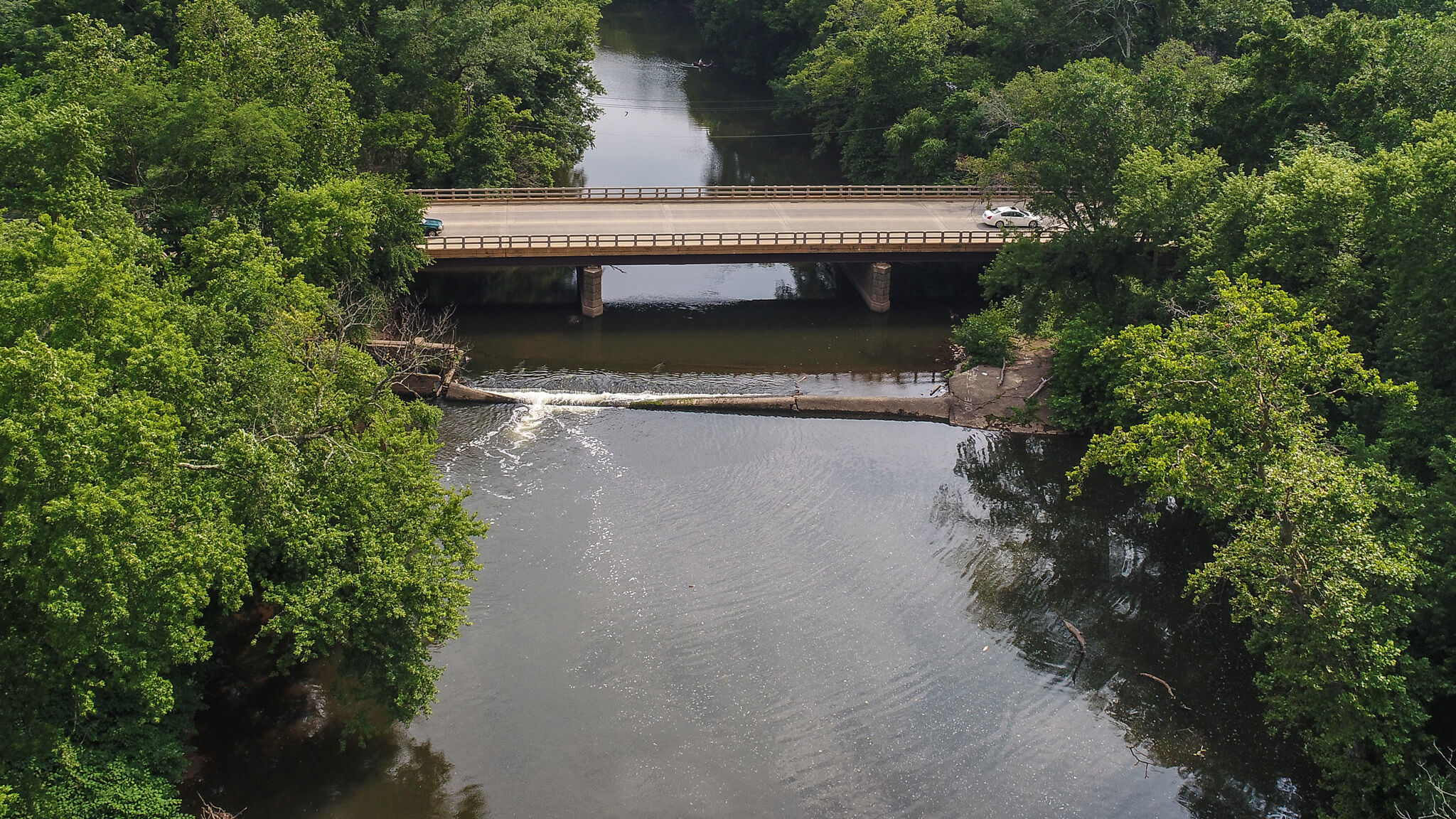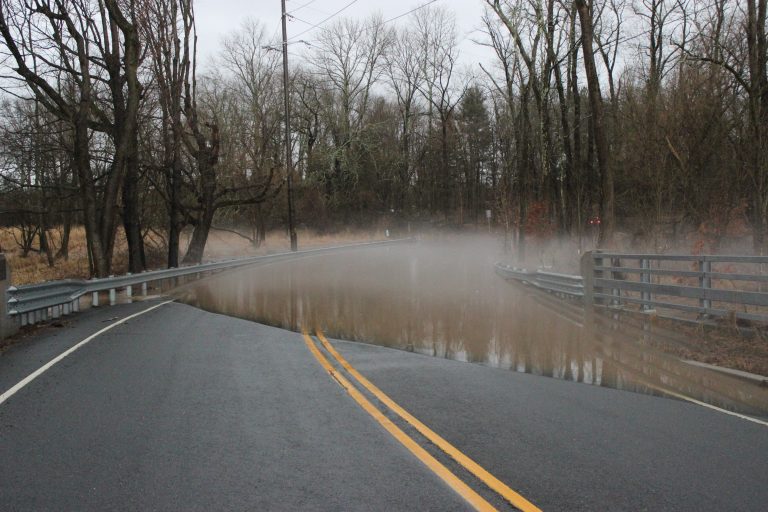 Water always flows downstream, and conditions in one waterway can have an impact on all waters into which it flows. The Lower Millstone River is the final stop for waters in the Stony Brook-Millstone Watershed before they converge with the Raritan River and Raritan Bay. What happens here can be indicative of how the rest of the watershed fares – and as many other subwatersheds go, conditions are fair to good.
Water always flows downstream, and conditions in one waterway can have an impact on all waters into which it flows. The Lower Millstone River is the final stop for waters in the Stony Brook-Millstone Watershed before they converge with the Raritan River and Raritan Bay. What happens here can be indicative of how the rest of the watershed fares – and as many other subwatersheds go, conditions are fair to good.
The New Jersey Department of Environmental Protection’s Integrated Water Quality Monitoring and Assessment Report has shown a general stabilization of water quality throughout the state. Impaired waterways are improving, while formerly excellent waterways are degrading. This trend is reflected along the lower stretch of the Millstone River, from Lake Carnegie downstream to Manville.
A useful indicator of the general health of a stream, macroinvertebrate population scores indicate fairly good water quality in the Lower Millstone despite excess levels of nitrate and phosphate. A healthy community of macroinvertebrates relies on stable and diverse microhabitats along the stream bottom, though there are two man-made obstacles that impaired these areas for almost 200 years.
 The Weston Mill and Blackwells Mills Dams dramatically altered the structure of the riverine ecosystem for several miles along the Lower Millstone River. The river channel filled with sediment upstream of the dams, smothering natural rocky habitats along the river bottom. Macroinvertebrate communities surrounding the dams lost diversity, the water column became more turbid, and waters warmed and lost dissolved oxygen to the air.
The Weston Mill and Blackwells Mills Dams dramatically altered the structure of the riverine ecosystem for several miles along the Lower Millstone River. The river channel filled with sediment upstream of the dams, smothering natural rocky habitats along the river bottom. Macroinvertebrate communities surrounding the dams lost diversity, the water column became more turbid, and waters warmed and lost dissolved oxygen to the air.
After successfully removing the Weston Mill Dam just a few months ago, we can already see the river repairing itself. Water levels have dropped. Sediment is finally moving through the ecosystem revealing the cobble that had been hidden underneath. We are working through many years of chemical data to uncover other trends and we will continue to monitor the area extensively to chronicle the other effects of dam removal on water quality.
It is our hope to witness the revitalization of the Lower Millstone River. So with this in mind, next stop – Blackwells Mills Dam!
Acknowledgements
Many thanks to Loretta Chipin, Barbara & Stewart Lindenberger, William Osborne III, Maryann Polefka, Amanda & Rick Rodriguez, Pat Scully, Winnie & Fred Spar, Alexandra Vekselman, and Richard Williams for monitoring the lower portion of the Millstone River and its tributaries. The StreamWatch program is funded by Janssen Pharmaceuticals Inc, RBC Blue Water Project, Colgate Palmolive Company, Dodge Foundation, and the New Jersey Water Supply Authority.




